The Isle of Ulva, just off the west coast of Mull, is a perfect destination for those looking to immerse themselves in nature, history, and tranquil isolation. This small island offers a surprising number of unique and enriching activities for visitors to discover.
Taking the Ferry to Ulva
Your journey to Ulva begins with a unique and charming ferry crossing. The ferry operates on-demand from the Ulva Ferry pontoon on Mull, where you simply slide a red panel to signal for the ferryman to come and pick you up. This short, one-minute trip across the narrow strait immediately sets a tone of stepping into a different world, leaving the mainland’s modern pace behind.
The on-demand nature of the ferry adds to the sense of adventure and provides a truly personal welcome to the island. It’s an essential part of the Ulva experience and is the sole way to access the island’s many attractions as a visitor.
Dining at The Boathouse Restaurant
Upon your arrival, you will first encounter The Boathouse Restaurant, the island’s only public eatery. It is located right at the pier. This restaurant is a perfect starting point for your day; it also serves as a warm welcome to the island’s community.
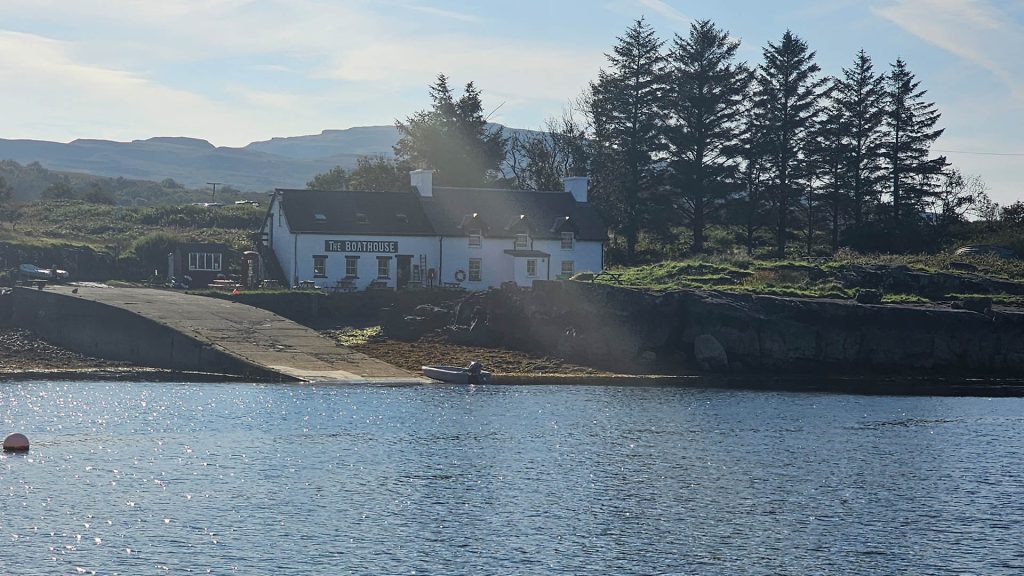
The Boathouse is known for its delicious, locally sourced seafood. It also serves home-baked goods. In addition, the restaurant is a social hub for both locals and visitors. You can therefore relax and enjoy stunning views of the loch before setting off on your explorations.
Exploring Sheila’s Cottage
Stepping inside Sheila’s Cottage offers a tangible glimpse into the island’s past. This 18th-century thatched croft house has been meticulously preserved. Today, it functions as the island’s heritage centre, where visitors can learn about the lives of crofters and residents.
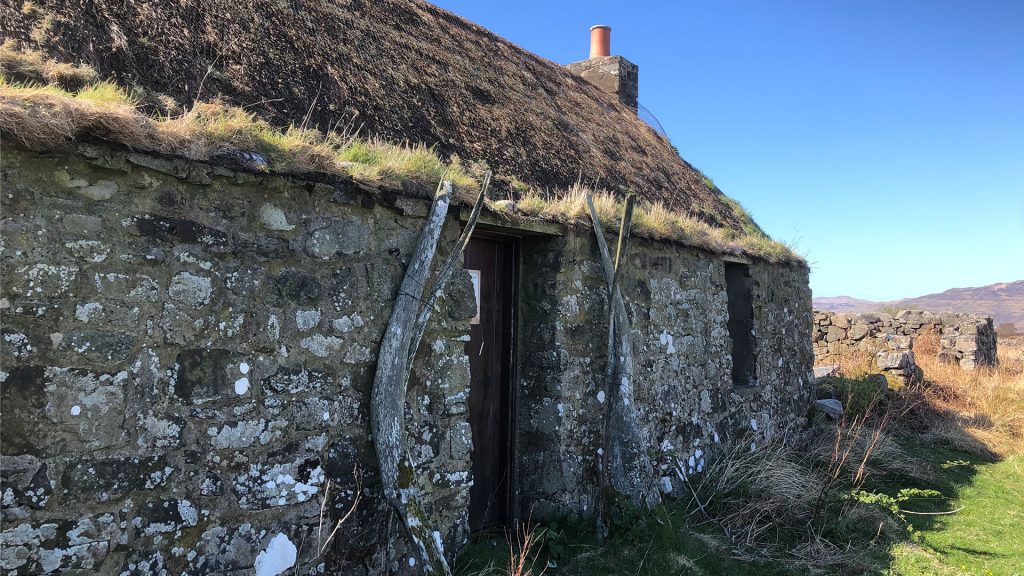
Furthermore, the cottage serves as a living museum, preserving the cultural heritage of Ulva’s past. It is a powerful reminder of the island’s history of self-sufficiency. For this reason, visiting Sheila’s Cottage provides valuable context for the island’s other historical sites. It is also a must-see for anyone interested in the human story behind the landscape.
Walking the Livingstone’s Trail
Walking is the primary way to explore Ulva, and the Livingstone’s Trail is the island’s most famous route. This well-marked, 9 km trail takes you on a journey through the island’s most significant historical sites. It also leads through diverse landscapes, from woodlands to hillsides.
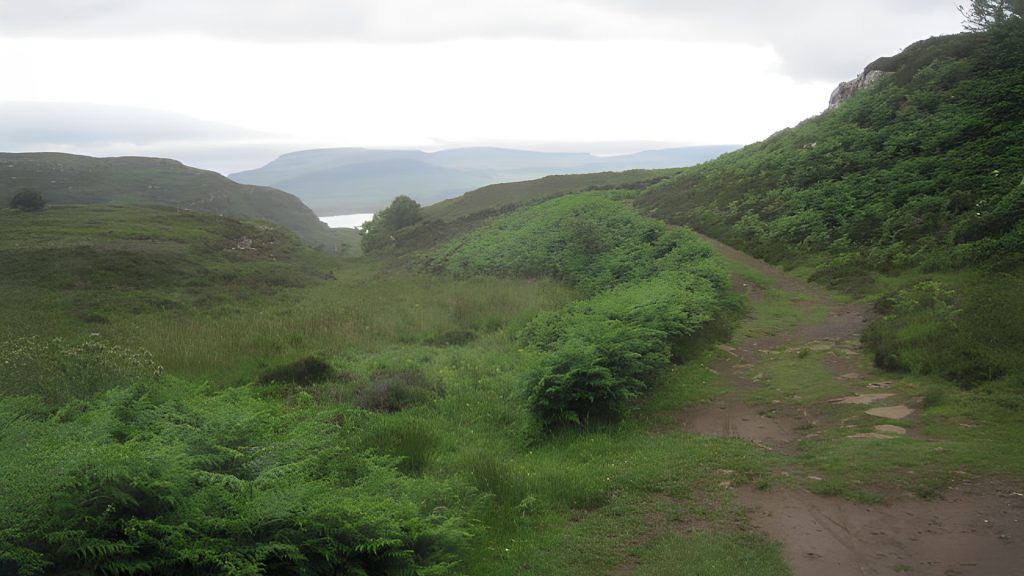
The trail gets its name from explorer David Livingstone, whose grandparents were from Ulva. As you hike, you will pass the poignant stone ruins of villages that were cleared during the Highland Clearances. You will also encounter ancient sites like Livingstone’s Cave, where Stone Age hunter-gatherers once lived thousands of years ago.
Exploring the Walled Garden
A short walk from the ferry, you can visit the historic Walled Garden. This site is being lovingly restored by a dedicated group of local volunteers known as the Ulva Garden Force, who are working to bring it back to its former glory.
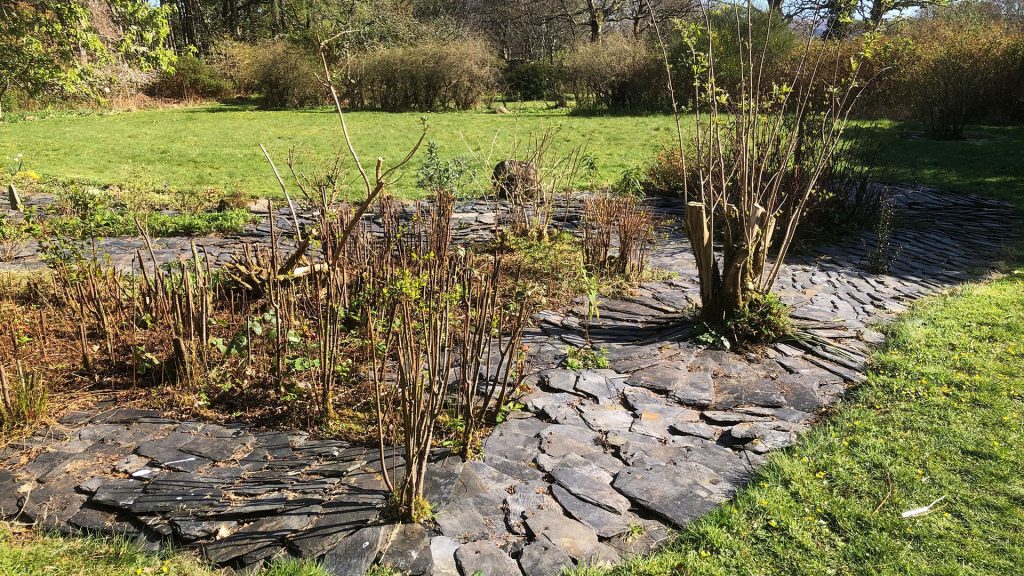
The garden provides a peaceful space for a leisurely stroll. It’s a great place to appreciate the quiet beauty of the island and see the efforts of the community to preserve and enhance its historical features.
Visiting the Parliamentary Church
The island is home to a distinctive Parliamentary Church, which was designed by the celebrated Scottish engineer and architect Thomas Telford in 1828. This T-plan church is a key historical and architectural landmark that stands out in the landscape.
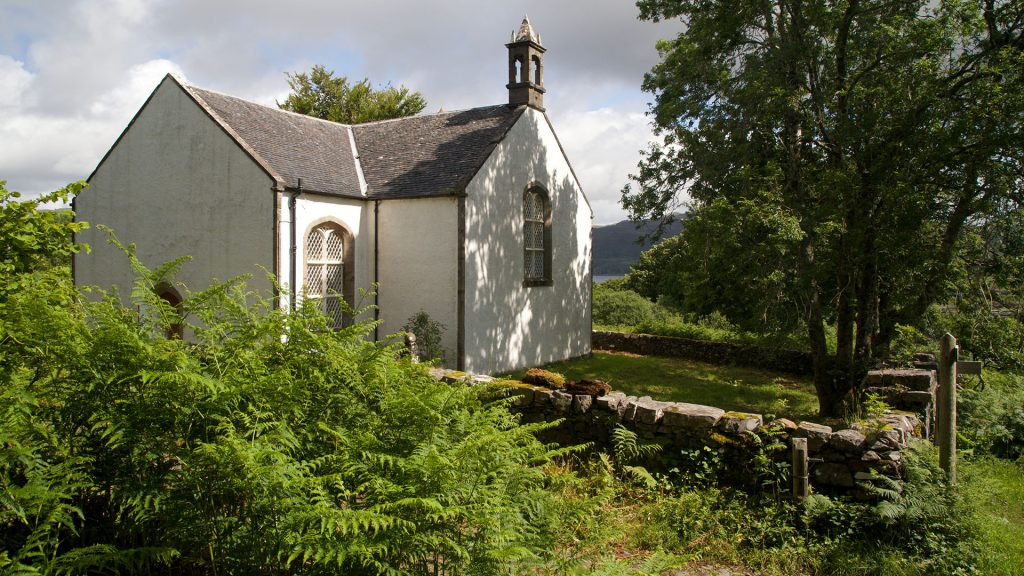
The church’s location and unique design reflect the history of the Highlands and Islands. Visiting it offers a quiet moment of reflection on the island’s past religious and social life. It is a key point of interest for anyone fascinated by Scottish history.
Seeing the Standing Stones
Dating back to 1500 BC, the standing stones on Ulva provide a powerful link to the island’s prehistoric past. These ancient monuments are situated in various locations. They give a strong sense of the island’s long and deep history.
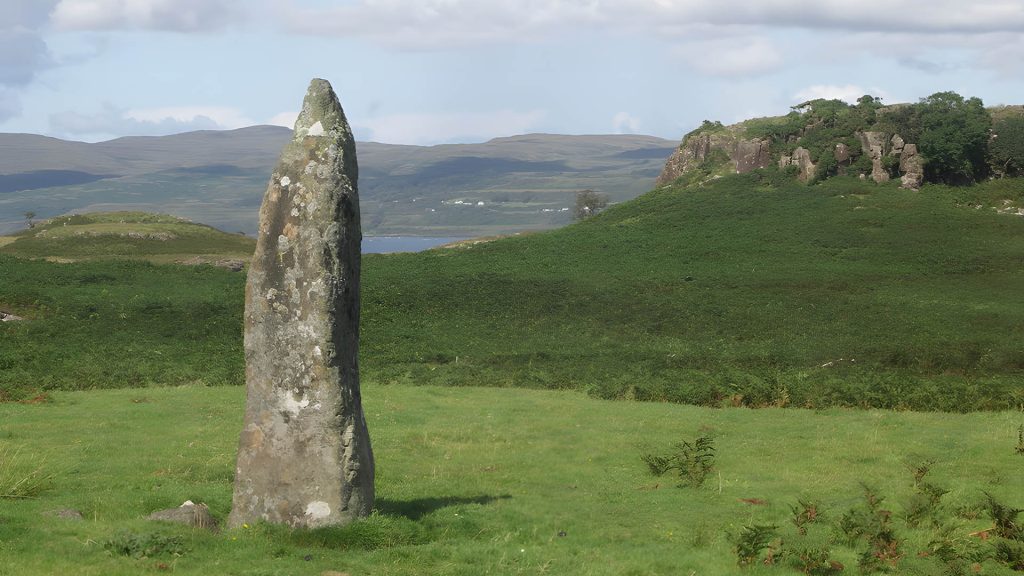
Discovering these stones while hiking across the landscape gives you a profound connection to the generations that lived on Ulva long before the time of modern settlements. Their presence adds a mystical and timeless quality to your visit.
Wildlife Watching
Ulva is a haven for wildlife, and you can spend a significant portion of your day simply observing the rich natural life. The island is one of the best places in Scotland to spot majestic birds of prey, with resident populations of White-tailed Sea Eagles and Golden Eagles soaring overhead.
Along the coast, your chances of seeing marine life are high. Keep an eye out for otters, seals, dolphins, and occasionally even whales, which frequent the waters around the island. For a more detailed look at the island’s unique ecosystem, be on the lookout for the rare Scotch Burnet Moth, which is only found in a few select locations in Scotland.
Kayaking the Coastline
For more adventurous visitors, kayaking is an excellent way to explore Ulva’s unique coastline. The dramatic cliffs and secluded coves can be accessed by water, offering a perspective of the island that is impossible to get on foot.
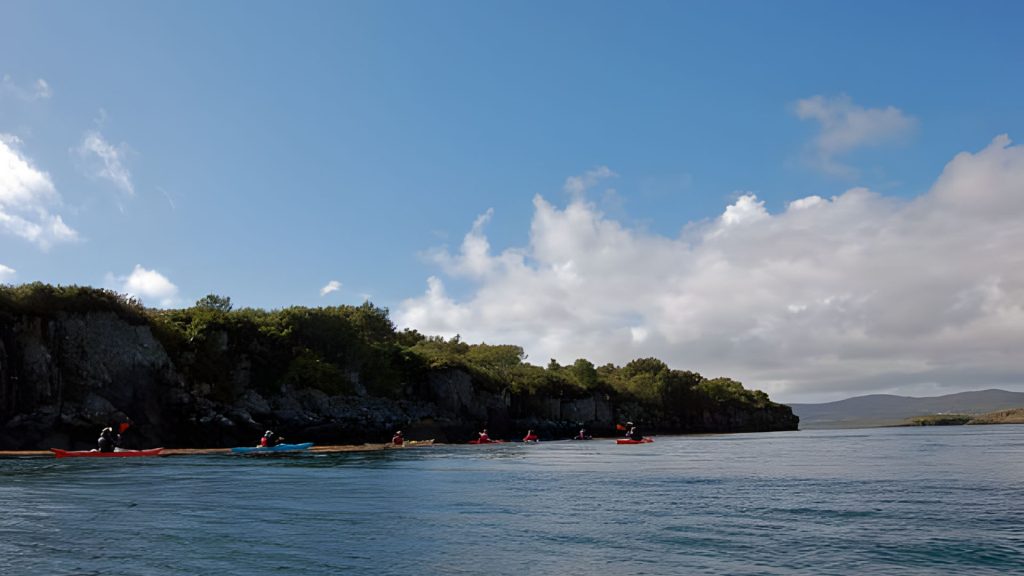
You can launch a kayak from the shores of Ulva or join a guided tour from nearby Mull. It’s a fantastic activity that allows you to discover hidden beaches and witness the geology of the island up close.
Hiking to a Bothy
For a truly rugged and immersive overnight experience, you can hike to one of Ulva’s bothies. The island is home to two such rustic shelters: Cragaig Bothy, located on the remote south side, and Bearnus Bothy, situated on the north coast overlooking Loch Tuath. Unlike many bothies in Scotland, these are privately managed and can be booked in advance for an overnight stay, offering a simple and authentic way to connect with the landscape.
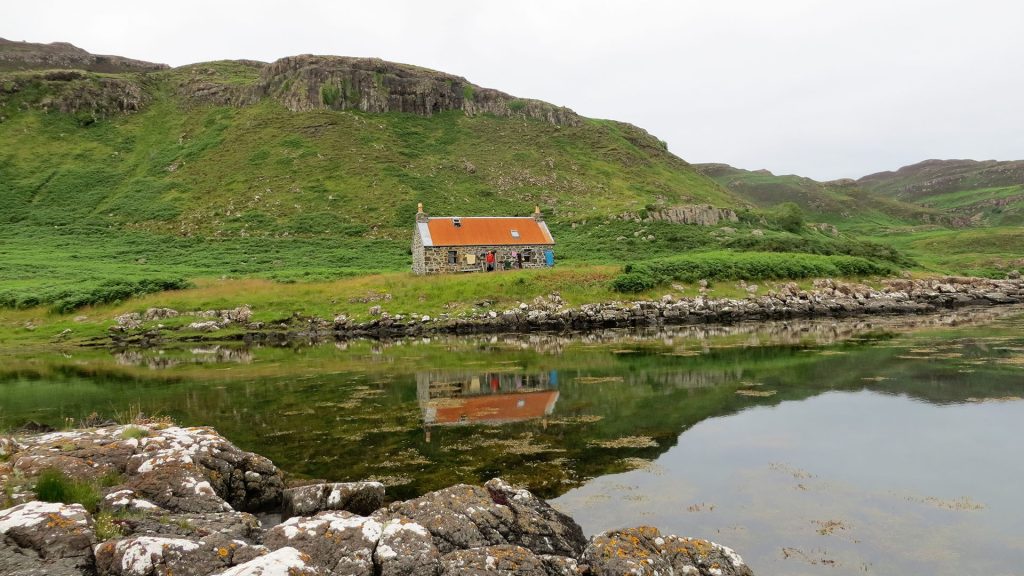
Both bothies are maintained to be windproof and waterproof but offer no electricity or modern amenities. They are a significant walk from the ferry—a two-hour journey for Cragaig and a four-mile hike for Bearnus. The remote location, far from any light pollution, provides an incredible opportunity to see the night sky in a way you rarely can in more populated areas. This raw, back-to-basics stay is ideal for hikers seeking a genuine escape from modern life.

